The Human View™ Blog

Heard of Mimetic Desire? Me, Either.
(But it might explain why employees don’t engage the way we hope they will.)
If you’re in the benefits world, you’ve probably found yourself asking the same questions I have lately:
“Why don’t employees engage more with programs that are genuinely built to help them?”
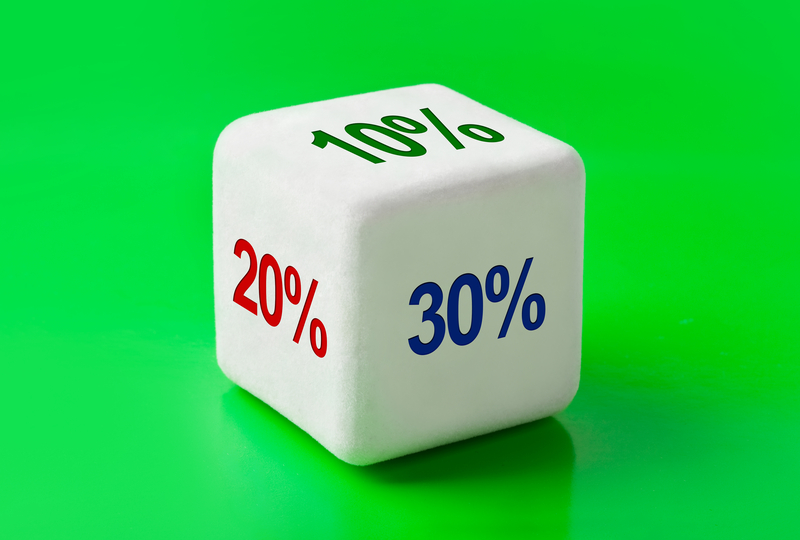
“How can we help people better balance their core and voluntary options into something that actually fits their lives?”
“What would make this next rollout more than just another program announcement?”
We’re surrounded by smart tools, thoughtful plan designs, and clever incentive structures. And yet—utilization still lags, especially in programs designed for cost mitigation, early intervention, or financial protection.
I’ve been scanning the horizon for something—anything—that can help explain this better. And recently, I tripped across an idea that surprised me: Memetic Desire.
Wait… what is mimetic desire?
It’s a concept from French philosopher René Girard, and it basically says this:
We don’t just desire things independently. We imitate the desires of others.
We want what other people seem to want.
Not because it’s rational.
But because it’s relational.
That’s a different starting point than we’re used to in benefits, where we tend to assume people make decisions based on cost, need, or education. But mimetic theory says that desire is contagious - and deeply social.
“Mimetic” sounds like “memetic”—and that’s no accident
If “mimetic” makes you think of “meme,” you’re not wrong.

The virality of memes
Memes go viral not because they’re logical, but because they're relatable, repeatable, and identity-charged.
And that’s where something clicked for me.
What if the issue isn’t that employees don’t care about these programs…
But rather, it's that they haven’t yet seen someone they relate to engaging with them?
Not as a case study. Not as a testimonial. But as a real person, in their real environment, modeling participation in a way that feels natural, authentic—even aspirational.
Sometimes it’s not about explaining a benefit better—it’s about helping people recognize themselves in the story. And that's where mimetic desire meets behavioral engagement.
Mimetics + psychographics = a new framework for engagement?
What if we opened up a very different kind of conversation? Here’s where it could get very practical.

If mimetic desire explains how people start to want something (they copy others), then psychographics tell us who they’re likely to imitate—and why.
Some employees imitate authority.
Some follow peers they respect.
Some want to be part of the group.
Others want to differentiate.
This is going beyond personality—this is tapping into motivational identity.
And if you know someone’s psychographic profile, you can start to seed desire by showing them someone they are likely to emulate—already engaging with that benefit, already reshaping their portfolio, already making use of the tool.
Why this matters now
There’s a growing need to help employees do more than just select a health plan or pick a voluntary benefit option.
We’re being asked to help them:
Balance those core and voluntary benefits.
Build personalized, protective portfolios.
Take advantage of programs designed to help them before crises hit.
But if those programs feel irrelevant or invisible—not aspirational or not desirable - they'll sit idle.
That’s where this mimetic lens may help. It’s not just marketing, it layers in cultural cues. It’s about who employees are watching, and who they may want to "be like."
The last word
If you're guiding clients through benefits strategy this fall, maybe don't just ask: “Which programs should we add?”
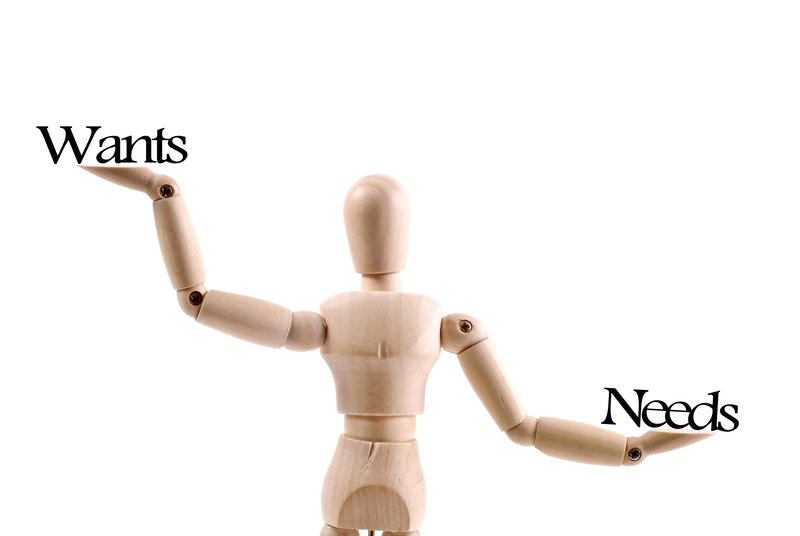
Try asking:
“Who’s modeling these programs in a way that’s actually desirable?”
“And how do we get those examples in front of the people who need to see them?”
Because most employees may not just be choosing benefits. They may be choosing who to copy—consciously or not.
And that may be a very powerful lever we haven’t pulled yet.
~ Mark Head
© 2025. All Rights Reserved.

Click the green button or the blue button (below) to visit our scheduling pages.
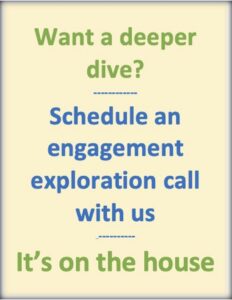
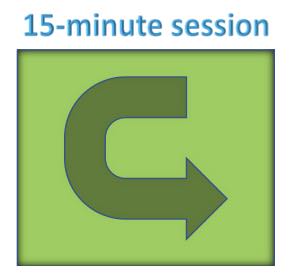
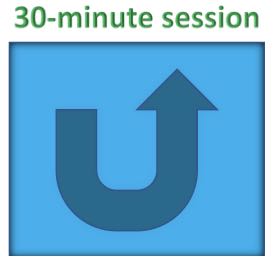

Mark Head
President
With 4 decades of combined experience in employee benefits consulting, wellness and health management, Head brings a unique combination of dynamic perspectives into a clear vision of where the future of health care is moving - and it's moving towards deeper human connection, awareness, and engagement...
Follow Us On
© 2025 Benefit Personas, LLC. All Rights Reserved.

